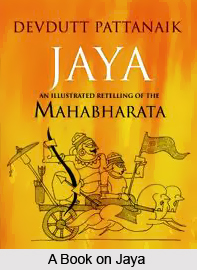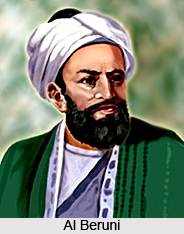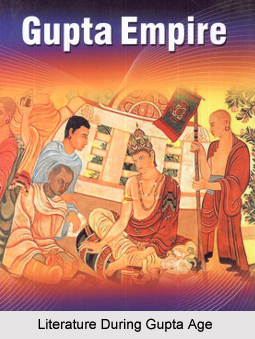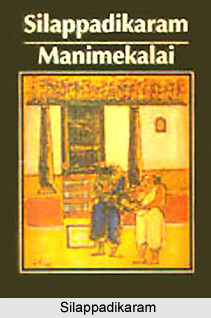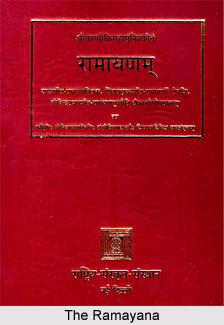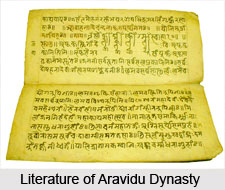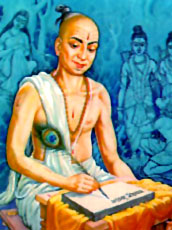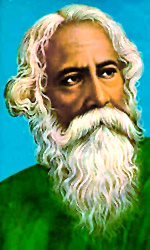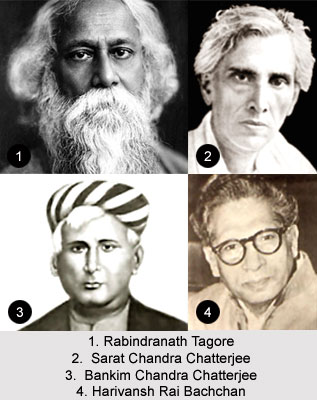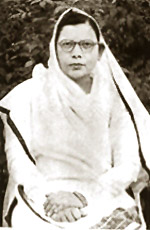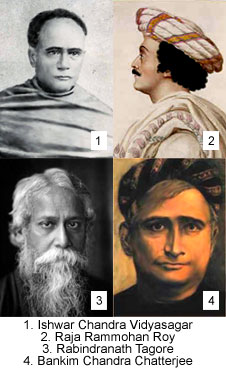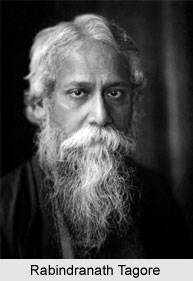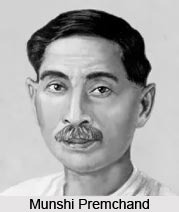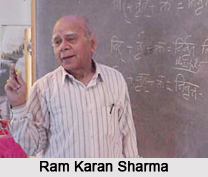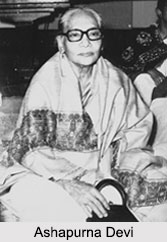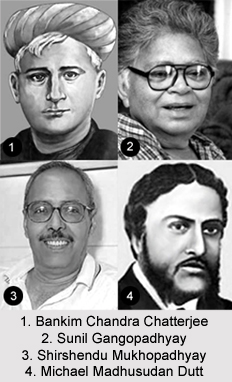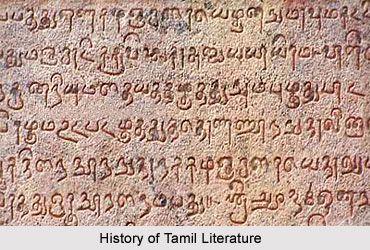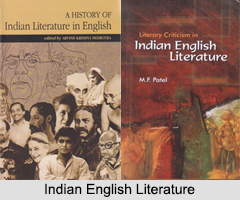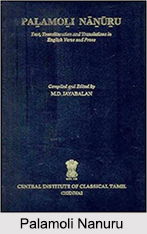 Palamoli Nanuru, also known as "Pazhamozhi Nanuru" is a Tamil ethical poetic work of didactic nature that is comprised in the Pathinenkilkanakku collection of Ethical Tamil Literature. Pathinenkilkanakku is an anthology of 18 poetic works in Tamil which were composed in the period after the Sangam age, between 100 CE and 500 CE. The literary work contains 400 verses, each containing 4 lines in Venpa metre. It was composed by the revered Tamil poet Munrurai Araiyanaar, a Jain. The work of Palamoli Nanuru illustrates, in a plain and succinct manner, a number of ethical and moral regulations which are required for daily living of any person in a respectable society.
Palamoli Nanuru, also known as "Pazhamozhi Nanuru" is a Tamil ethical poetic work of didactic nature that is comprised in the Pathinenkilkanakku collection of Ethical Tamil Literature. Pathinenkilkanakku is an anthology of 18 poetic works in Tamil which were composed in the period after the Sangam age, between 100 CE and 500 CE. The literary work contains 400 verses, each containing 4 lines in Venpa metre. It was composed by the revered Tamil poet Munrurai Araiyanaar, a Jain. The work of Palamoli Nanuru illustrates, in a plain and succinct manner, a number of ethical and moral regulations which are required for daily living of any person in a respectable society.
Composition of Palamoli Nanuru
Palamoli Nanuru is an anthology series of ethical Tamil poems that was created by the revered Tamil poet Munrurai Araiyanaar. This post Sangam work is one of the 18 minor literary works in Tamil which are incorporated in the Pathinenkilkanakku collection. The numerous verses in Palamoli Nanuru (Pazhamozhi Nanuru) are composed by implementing ancient proverbs in Tamil language in order to describe and portray the various messages on ethics, morals and taboos. The following poem uses the adage that it is impossible to straighten the tail of a dog, as it impossible to control the unchaste mind of a girl by throwing her in prison.
The poetic work of Tamil literature is famous for its composition and its lucidity, graceful and uncomplicated readability and presentation. The literary work contains lots of ethical, moral and didactic messages which were the prominent characteristics of the era. The poems of Palamoli Nanuru or Pazhamozhi Nanuru are exceptional in the implementation of similes which help to teach the moral codes with the use of basic instances from daily living.
This article is a stub. You can enrich by adding more information to it. Send your Write Up to content@indianetzone.com
